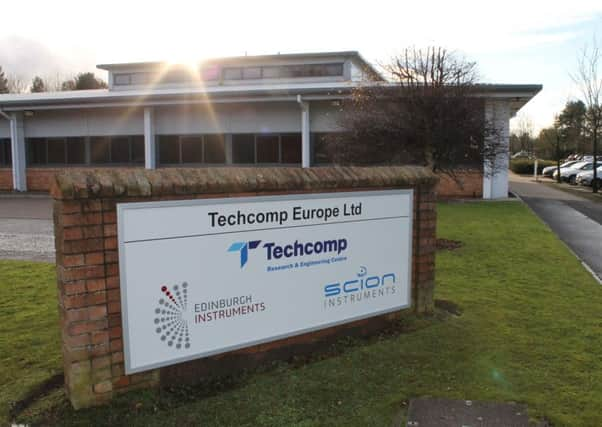Jobs injection for Livingston as Techcomp expands
This article contains affiliate links. We may earn a small commission on items purchased through this article, but that does not affect our editorial judgement.


Following the acquisition of Edinburgh Instruments in 2013, Techcomp is to transfer R&D activity from Scion Instruments in San Francisco to its campus in the West Lothian town and will set up the Techcomp Research and Engineering Centre (TREC) to develop a new range of instruments.
Advertisement
Hide AdAdvertisement
Hide AdThe news comes less than a week after pharmaceutical giant Johnson & Johnson outlined plans to close its surgical suture manufacturing plant in Livingston, threatening some 400 jobs.
Techcomp said its investment underlined the confidence it has in the local workforce and being able to attract scientists and engineers to its Scottish base.
European chief executive Chris O’Connor said: “Since investing in Edinburgh Instruments, we have been impressed with the skills and capabilities of the scientists and engineers in Scotland.
Advertisement
Hide AdAdvertisement
Hide Ad“This has motivated us to transfer jobs from other locations and to choose Livingston as the centre for our latest investment in group R&D that will support operations in the US, China, France and Switzerland.”
He added: “In total we will have 35 highly educated and experienced R&D staff working on our spectroscopy and chromatography product developments.”
Edinburgh Instruments was established in 1972 and specialises in using fluorescence photon counting technology in materials and life science research. It now employs 80 staff and exports 90 per cent of its systems to universities and research centres.